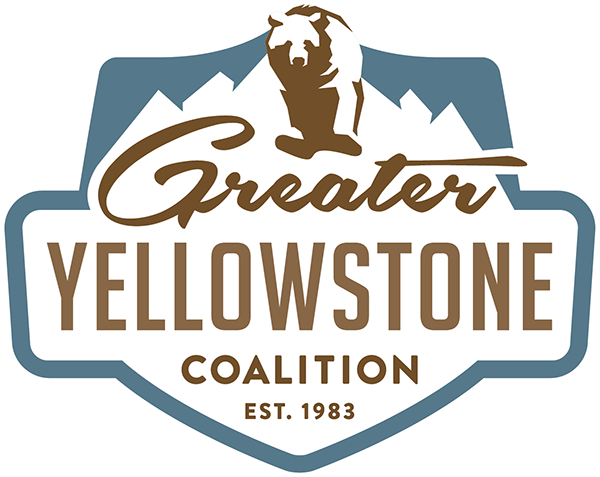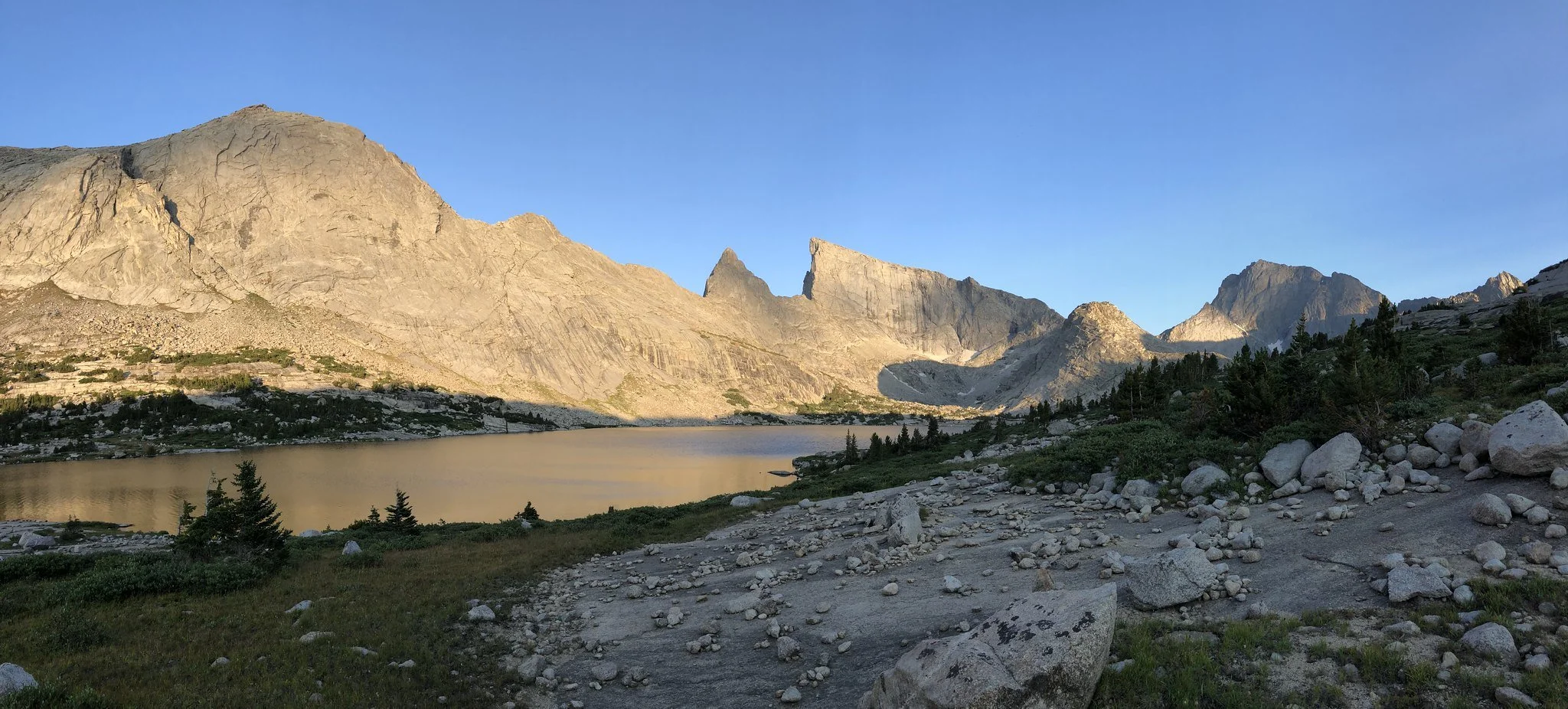Speak Up for Public Lands in the Bridger-Teton National Forest
Wyoming is home to some of our nation’s most iconic and beloved landscapes – Yellowstone and Grand Teton national parks. But lesser known, yet vitally important, are the vast national forest lands that insulate our parks, including the Bridger-Teton National Forest.
At 3.4 million acres, the Bridger-Teton National Forest is roughly the size of Connecticut and spans from the southern border of Yellowstone National Park, south past Grand Teton National Park, and east encompassing the Wind River Range. The Bridger-Teton National Forest is 15 percent of the Greater Yellowstone Ecosystem, making it the ecosystem’s single-largest block of public land.
Paintbrush and Mount Coffim on the Bridger-Teton National Forest. (Photo US Forest Service)
Its iconic, rugged peaks, headwater rivers and streams, and prized wildlife are what make the Bridger-Teton National Forest among Wyoming’s wildest, most-treasured places.
The soaring peaks and lush valleys of the Gros Ventre, Salt River, Wind River, and Wyoming ranges provide critical habitat for wildlife like grizzly bears and wolverines, support long-distance migration routes for elk, mule deer, and pronghorn, and provide key habitat for Bonneville, Colorado, Snake River, and Yellowstone cutthroat trout.
Three critical rivers get their start in the Bridger-Teton National Forest: the Snake, Yellowstone, and Green Rivers. Plus, 315 miles of designated Wild and Scenic Rivers are part of Bridger-Teton.
An angler approaches a meandering creek in the Bridger-Teton National Forest’s Wyoming Range. (Photo GYC/London Bernier)
With more than 1.3 million acres of designated wilderness, 2,200 miles of trails, and close to 40 campgrounds, the Bridger-Teton National Forest boasts recreation opportunities you can’t find anywhere else. It has first-class backcountry recreation like hunting, hiking, camping, snowmobiling, and skiing.
The Bridger-Teton National Forest is big, iconic, and wild Wyoming.
Yet, this forest is operating on a 35-year-old management plan, making it difficult to respond to modern challenges like more intense wildfires, flooding and low stream flows, invasive species, and more people who want to live near and recreate on these lands.
Sunset over Deep Lake in the Big Sandy area of the Wind River Range. (Photo US Forest Service)
Now it’s time to craft a modern Bridger-Teton National Forest plan that protects Wyoming’s outdoor heritage for future generations.
In July, the Bridger-Teton National Forest released a highly anticipated Draft Assessment – a document that marks the first step in the multi-year process to update the Bridger-Teton Forest Plan.
The Draft Assessment outlines the state of the forest – the social, economic, and ecological conditions on the ground – as assessed by the Forest Service.
The Greater Yellowstone Coalition’s Wyoming Team has read through the Draft Assessment and has crafted feedback and comments for the Forest Service. If you’d like suggestions on how to comment, we’ve pulled out issues surrounding recommended wilderness, wild & scenic river eligibility, recreation, wildlife, and Tribal consultation that you can include in your message to the Forest Service. Find those suggestions here and submit your comments today!
Together, we must ensure the Bridger-Teton National Forest’s modern plan protects Wyoming’s outdoor heritage, the waters that feed the Greater Yellowstone Ecosystem, and the big game and other wildlife that rely on this forest.
Let’s keep Wyoming wild.
— Jared Baecker, Wyoming Conservation Manager (Jackson,WY)




